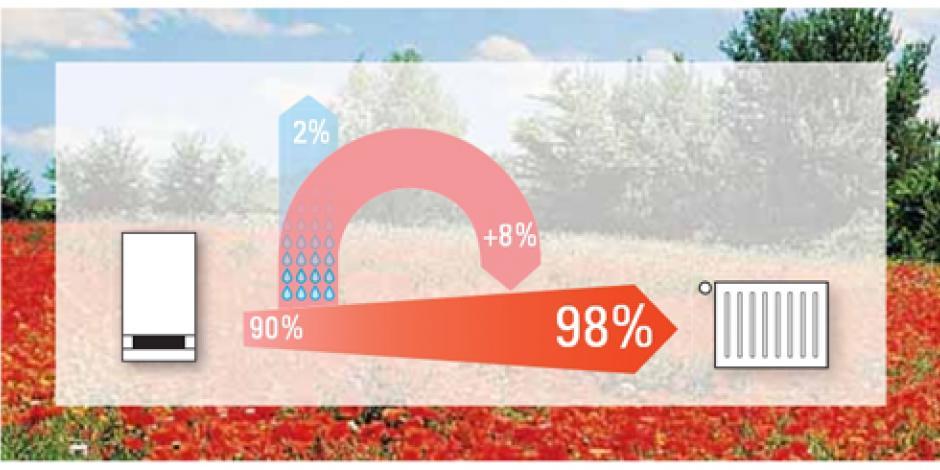
Most U.S. homes are heated with either a furnace or a boiler. Furnaces distribute heat through your ductwork whereas boilers heat water then distribute heat through your home through radiators. Steam is distributed via pipes to steam radiators, and hot water can be distributed via baseboard radiators or radiant floor systems, or can heat air via a coil. Steam boilers operate at a higher temperature than hot water boilers, and are inherently less efficient, but high-efficiency versions of all types of furnaces and boilers are currently available.
Most gas boilers also double up as hot-water heaters. Some (open-vented boilers) heat water that's stored in a tank; others (combi boilers) heat water on demand. How do "combi" boilers work? When you turn on a hot water faucet (tap), you open a valve that lets water escape. The water feeds through a network of pipes leading back to the boiler. When the boiler detects that you've opened the faucet, it fires up and heats the water.
Conventional heating systems waste energy due to significant heat loss vented into the atmosphere. The Condensing Gas Boilers we install are designed to recover heat energy that is discharged into the flue and return it to the heat exchanger for maximum efficiency.
The benefits of a condensing gas boiler is comfort, convenience and energy savings. “Combi” models have the power to deliver whole-house heating and domestic hot water priority for homes with one to two bathrooms. These compact wall-mounted designs provide heating and hot water in one full package.
As a leading home performance contractor we install ENERGY STAR certified boilers that have annual fuel utilization efficiency (AFUE) ratings of 87% or greater for oil boilers and 90% or greater for gas boilers. (See the Energy Star Chart on our Energy Efficiency Heating page for AFUE ratings).
Schedule a Free Boiler Estimate with an Orange HVAC Expert!
Call Today!
